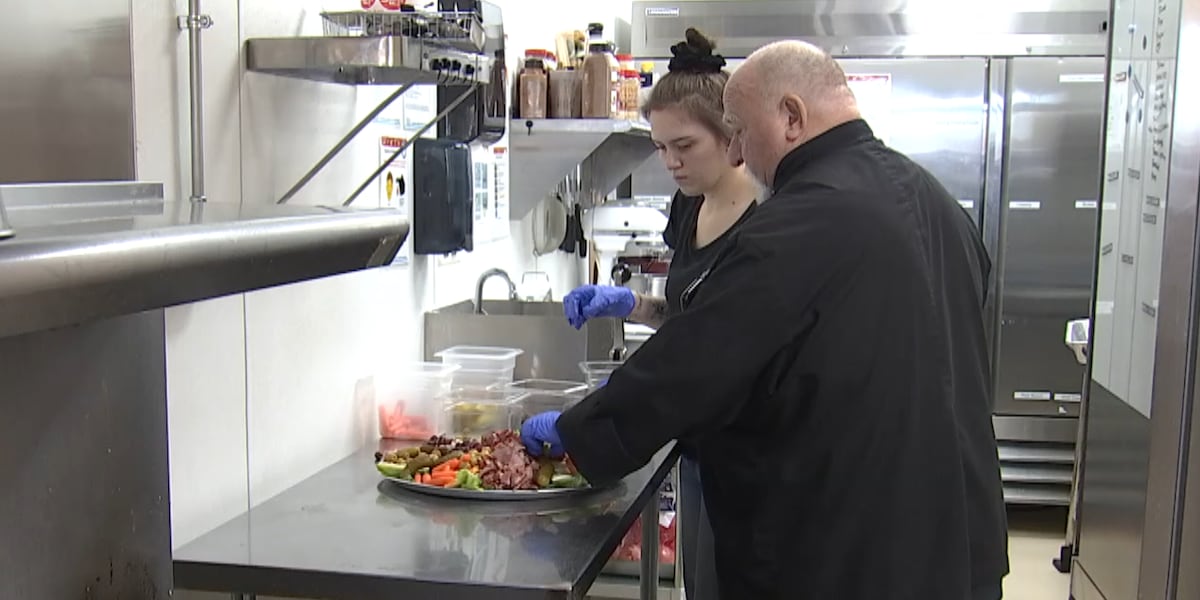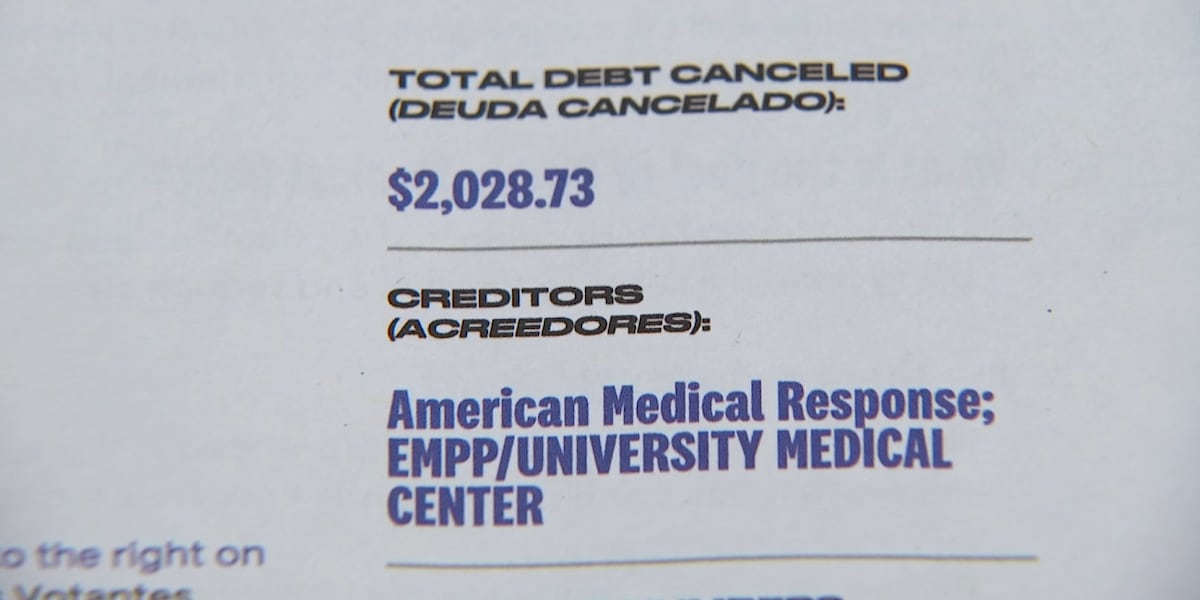
The good news? American diets have moved in a healthier direction over the last two decades. The bad news? Food insecurity issues seem to have stayed put in the same span.
That’s according to a study published Monday in the Annals of Internal Medicine in which researchers from Tufts University analyzed American diet quality from 1999 to 2020. They found that the proportion of adults with poor dietary quality decreased from 48.8% to 37.4% in that period, but persistent or worsening disparities in diet quality continue to affect the possibility of achieving health equity.
“While we’ve seen some modest improvement in American diets in the last two decades, those improvements are not reaching everyone, and many Americans are eating worse,” said Dariush Mozaffarian, cardiologist and the study’s senior author. “Our new research shows that the nation can’t achieve nutritional and health equity until we address the barriers many Americans face when it comes to accessing and eating nourishing food.”
The study’s data included information from 51,703 subjects who took part in the National Health and Nutrition Examination Survey between the two decades, in which respondents were asked to report all the foods and beverages they consumed during the previous day.
Their intakes were then compared to the American Heart Association’s diet score, which researchers said is a “validated measure of a healthy diet” based on a higher intake of fruits, vegetables, whole grains, beans, nuts and seeds — considered an “ideal” diet — and a lower intake of sugary beverages, processed meat, saturated fat and sodium — considered a “poor” diet.
In addition to the proportion of adults with poor diets decreasing, researchers found those with an intermediate quality diet and an ideal diet increased, though the latter “remained starkly low,” only increasing from 0.66% to 1.58% over the two decades.
Specific trends the study noted included a higher intake of “ideal” diet foods including nuts/seeds, whole grains, poultry, cheese and eggs and a lower intake of poorer foods included fruit juice, milk, drinks with added sugar and refined grains. Meanwhile, total consumption of fruits, vegetables, processed meat, fish/shellfish, potassium and sodium were relatively stable.
But these improvements weren’t universal, according to the study. They were highest among younger adults, women, Hispanic adults, and those with higher education, higher income, better food security and access to private health insurance. Advancements were lower among older adults, men, Black adults, and those with lower education, lesser income, food insecurity, and non-private health insurance.
“We face a national nutrition crisis, with continuing climbing rates of obesity and Type 2 diabetes,” Mozaffarian said. “These diseases afflict all Americans, but especially those who are socioeconomically and geographically vulnerable. We must address nutrition security and other social determinants of health including housing, transportation, fair wages and structural racism to address the human and economic costs of poor diets.”
More than 1 million Americans die from diet-related diseases each year, according to the U.S. Food and Drug Administration. These include cardiovascular disease, diabetes, certain forms of cancers and ailments that occur as a result of obesity.
But the statistics are disproportionate for minority groups. The FDA says 4 in 10 American adults have high blood pressure, while the average for non-Hispanic Black adults is 6 in 10.
Another study out of Tufts University found poor diet and food insecurity contribute to an estimated $1.1 trillion in annual health care spending and lost productivity.




